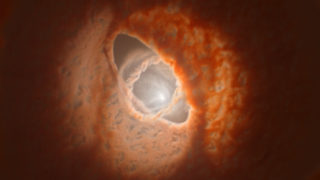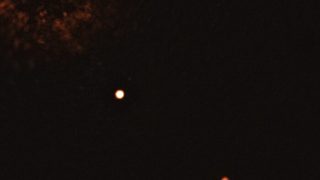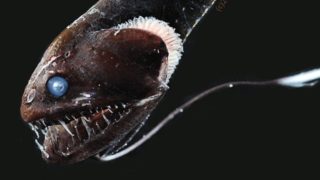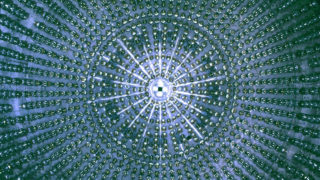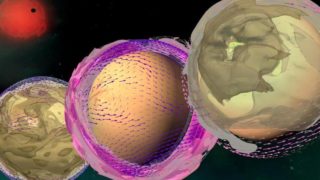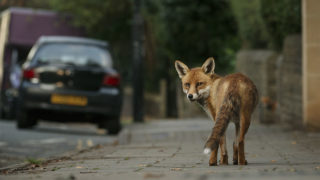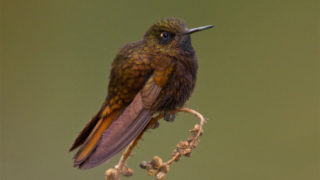
MI weekly selection #388
Oldest Neanderthal DNA found in Europe holds clues to Neanderthal life Mitochondrial DNA taken from a Neanderthal tooth found in a cave in Poland is giving researchers new clues about Neanderthal life in the region about 80,000 years ago. Tools found in the cave known as Micoquian give clues to the ways Neanderthals were adapting […]
